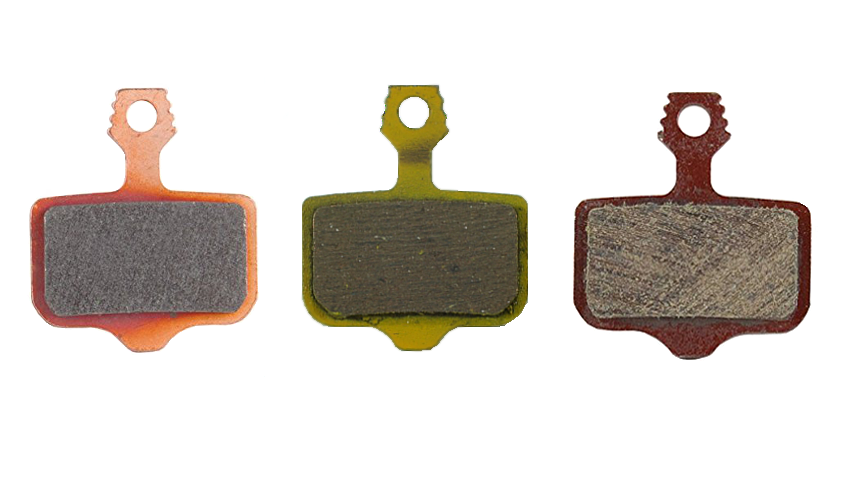Lazy Biker 84
New Member
Hey guys, as in the title I was wondering if my Levo Comp has Organic or Sintered brakes? With winter on the way, or should I say here, everyone says to remove your organic pads. If they do require changing, what do people recommend?
Thanks all! Paul.

Thanks all! Paul.

